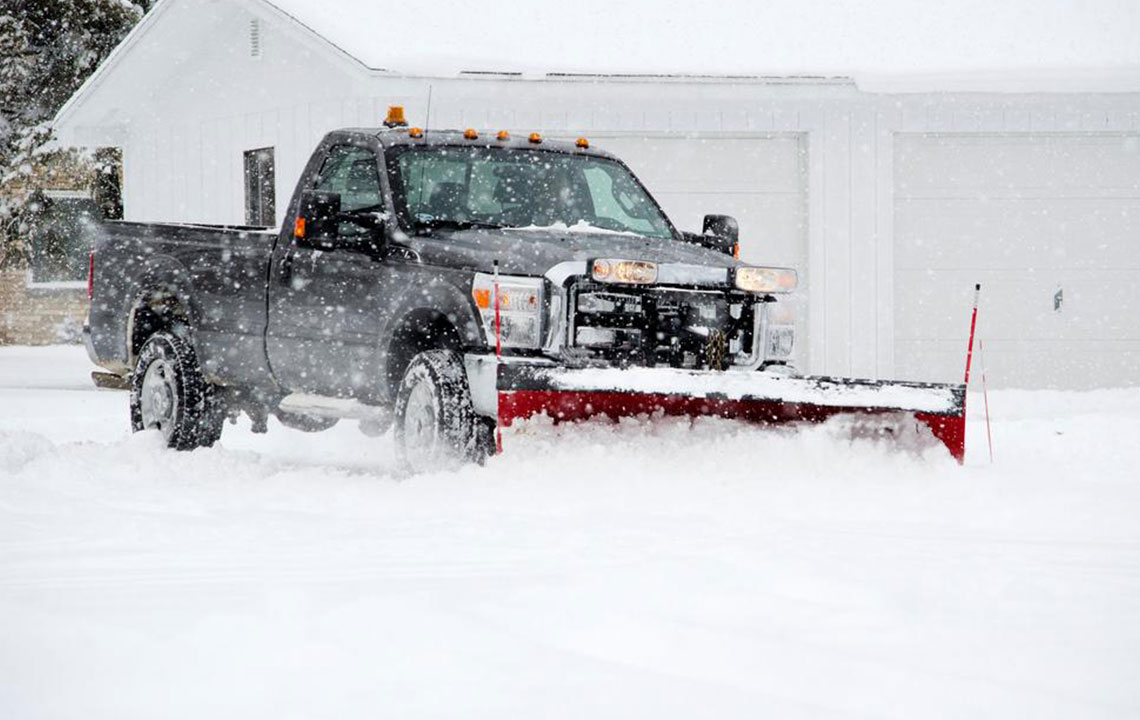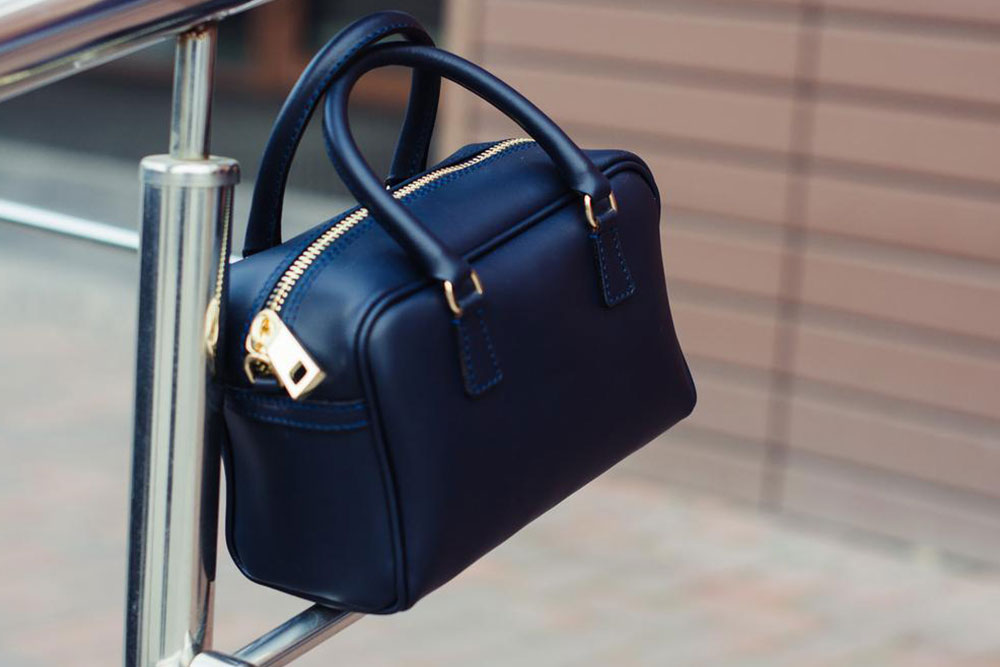Exploring Rugged Laptops: Types and Levels of Protection
Discover the different types of rugged laptops designed for harsh environments, from semi-rugged to ultra-rugged models. Learn about their features, protection standards like IP and MIL-STD 810, and how to choose the right device based on environmental demands. This guide helps organizations select durable laptops capable of withstanding extreme conditions, ensuring reliable performance in demanding industries such as manufacturing, military, and space exploration.

Exploring Rugged Laptops: Types and Levels of Protection
In environments where dust, water, extreme temperatures, vibrations, and other challenging conditions prevail, standard electronic devices like laptops, tablets, and smartphones may struggle to perform reliably. Such conditions are common in industries like manufacturing, construction sites near busy roads, boiler control rooms, and more. To thrive in these settings, rugged laptops are specifically designed to offer enhanced durability and protection.
Rugged laptops are categorized into semi-rugged, fully-rugged, and ultra-rugged variants, each built to withstand specific levels of environmental stress.
Semi-rugged laptops, often called business-rugged devices, are tailored for typical work environments. They feature robust construction, thicker casings to resist shocks and drops, gel-mounted hard drives, and spill-resistant keyboards, ensuring consistent performance under moderate harsh conditions.
Fully-rugged laptops are engineered for extreme environments. They can withstand high temperatures, shocks, vibrations, and drops thanks to specialized design features. These models often use solid-state drives (SSD) without moving parts, minimizing heat and eliminating the need for cooling fans.
Ultra-rugged laptops meet military-grade standards, capable of operating amid sandstorms, freezing temperatures, and intense vibrations, such as those encountered in space exploration or military operations. They are engineered to endure the toughest conditions.
To evaluate the level of ruggedness, standards like the Ingress Protection (IP) code and MIL-STD 810 are used. The IP code indicates the device’s resistance to dust and water, while MIL-STD 810, developed by the US Department of Defense, provides rigorous testing protocols for military-grade durability.
Most devices used in challenging environments are semi-rugged, with fully-rugged options reserved for more severe conditions. Choosing the right ruggedization level depends on specific operational requirements, allowing organizations to select suitable hardware that ensures reliability and longevity under adverse conditions.
Note:
Our website shares valuable information across various topics, drawing from extensive research. However, these articles should not be considered definitive. We do not guarantee accuracy or assume responsibility for discrepancies. Additionally, some deals or schemes might not be covered here, so always consult multiple sources for the most beneficial options.










